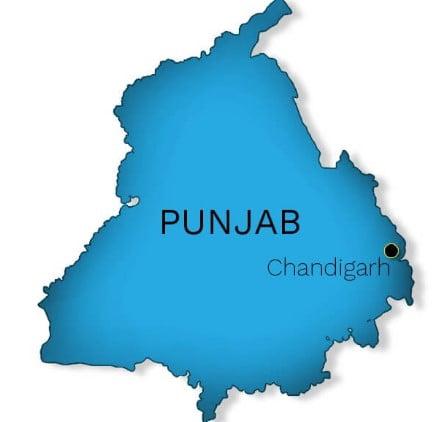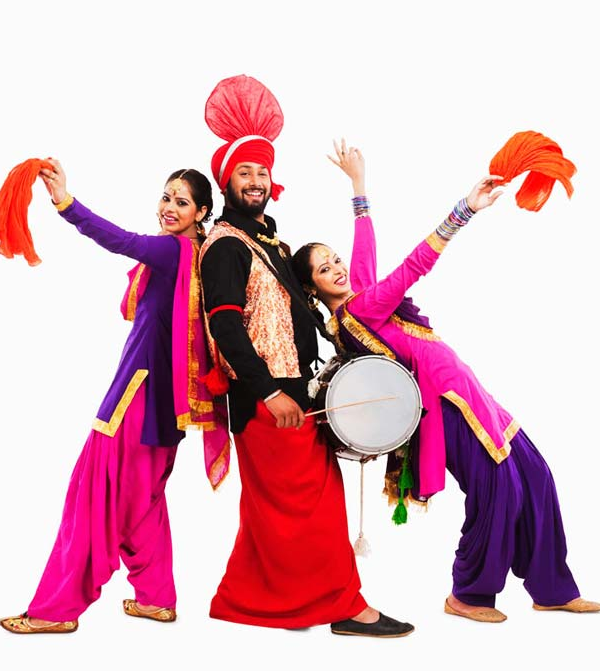Harmandir Sahib
Holy City Amritsar

Block
Block
Block
Block
Science City
Gujral Science City
Jalandhar
Punjab, a northern state of India, covers an area of 50,362 square kilometers that is 1.53% of India’s total geographical area making it the 20th largest Indian state. Punjab, comprising of 23 districts, is the 16th largest state in India based on population inhabiting approximately 27,704,236 people.
Punjabi, spoken widely by the local people, is the official language of the state. Being one of the most prosperous states of India, it gets its name from the five rivers – Sutlej, Beas, Ravi, Chenab, and Jhelum. The word ‘Punjab’ is derived from the Sanskrit word ‘Panchanada’ meaning ‘the land of five rivers’.
Punjab is divided into three regions by the five rivers – Majha, Doaba, and Malwa. It is benefited from all the natural resources like abundant water and fertile soil, which makes it a prime location for agriculture. Punjab shares its capital, Chandigarh, with its neighboring state Haryana.

Punjabi culture, being one of the oldest and richest, its uniqueness is evident in its poetry, spirituality, philosophy, military, music, art, traditions, and values. Punjab is a land of religious diversity and has given birth to several religious movements including Sikhism, Buddhism, and a number of Islamic Sufi schools. It has one of the most eminent and esteemed cultures in the world.
One can never miss out on the high spiritedness and compassion in the lifestyle of Punjabis. The multi-hued heritage of the ancient civilizations gives it a touch of ethnic diversity. Punjab is well-known for its rich and distinguished culture while Punjabis are known for their strong determination all over the world.
Guests are considered as the representatives of God by the Punjabis and receive impeccable treatment from them. Their devotion to God is unparalleled. They believe that the only way to reach God is ‘Sewa’ that is helping the needy. Numerous campaigns are organized by them to help the poor and needy.









